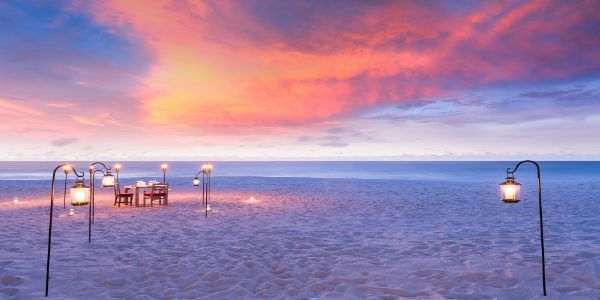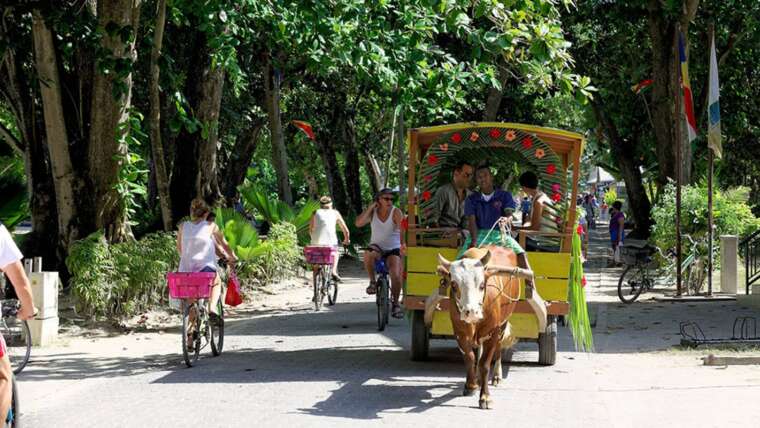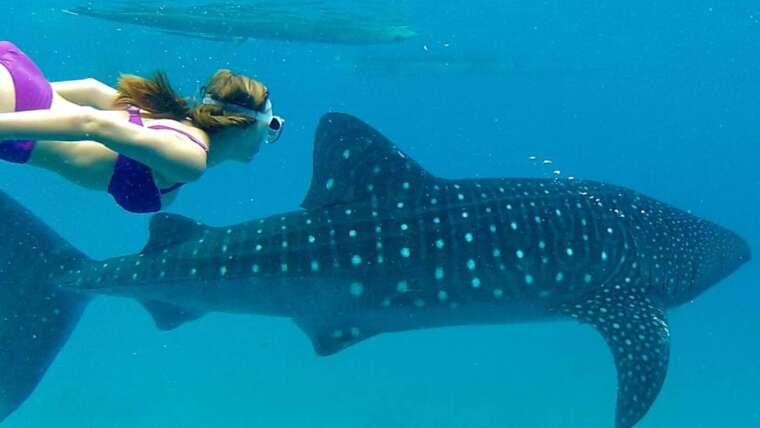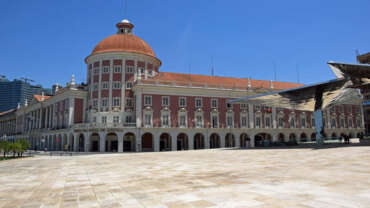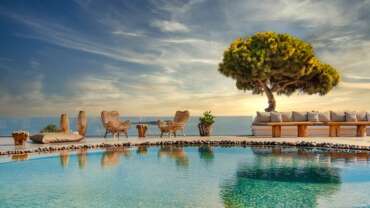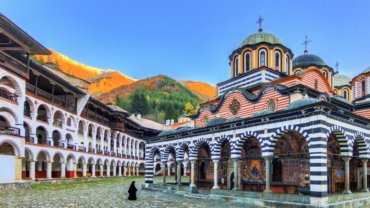The Seychelles Islands - Another World
No other Islands give you a place to have fun in tranquillity. We have exotic combinations of events, tours and recreational activities that suits all ages and gender.
Whether you choose to stay in Mahe, Praslin or La Digue Island, at any time of the year you are spoilt of choice of things to do. With an abundance of white sandy beaches, nature trail, sightseeing tours, excursions; we will make your everyday stay worthwhile.
We provide ideas, all being completely flexible with regards to date and duration. Our agents are all experience in this domain of trading and are here with a wealth of helpful information. We provide the best activities in Seychelles. Boat trips, fishing expeditions, BBQ on remote islands, bus tours, beach crawling, trails and nature expeditions. Come enjoy the Seychelles with us.
History of Seychelles
Seychelles is a comparatively young nation which can trace its first settlement back to 1770 when the islands were first settled by the French, leading a small party of whites, Indians and Africans. The islands remained in French hands until the defeat of Napoleon at Waterloo, evolving from humble beginnings to attain a population of 3,500 by the time Seychelles was ceded to Britain under the treaty of Paris in 1814.
During this period Seychelles came to know the enlightened policies of administrators such as Pierre Poivre, the brilliant politicking of Governor Queau de Quinssy and, of course, the terrible repercussions of the French Revolution.
Under the British, Seychelles achieved a population of some 7,000 by the year 1825. Important estates were established during this time producing coconut, food crops, cotton and sugar cane. During this period Seychelles also saw the establishment of Victoria as her capital, the exile of numerous and colourful troublemakers from the Empire, the devastation caused by the famous Avalanche of 1862 and the economic repercussions of the abolition of slavery.
Seychelles achieved independence from Britain in 1976 and became a republic within the commonwealth. Following a period of single party rule by the government of Mr. France Albert René, on December 4, 1991, President René announced a return to the multiparty system of government, 1993 saw the first multiparty presidential and legislative elections held under a new constitution in which President René was victorious. President René also won the 1998 and 2003 elections before transferring the Presidency to James Alix Michel in June 2004.
Society of Seychelles
In the evolution of its society, Seychelles has remained faithful to its multi-ethnic roots. For over two centuries, the islands have remained a melting pot of different races, traditions and religions from the four corners of the earth.
Inspired by its grand diversity of cultural influences, ethnic diversity with racial harmony remain the mainstays of today’s vibrant yet tranquil Creole nation for which harmony is a way of life.
PEOPLE
Today, the approximately 90,000 strong Seychellois population continues to reflect its multi-ethnic roots. Traditionally, the islands have attracted a broad diversity of peoples from the four corners of the earth that has included freed slaves, European settlers, political exiles, adventurers, traders of Arab and Persian origin as well as Chinese and Indians.
Practically every nation on earth has been represented in this melting pot of cultures, each one contributing its special influence to today’s vibrant yet tranquil society.
LANGUAGE
There are three official languages in Seychelles: Creole (a lilting, French-based patois), English and French. Many Seychellois also speak fluent Italian or German.
RELIGION
Roman Catholicism remains the dominant religion of Seychelles but there are also Anglican and Protestant churches and the places of worship of other denominations. These live in harmony alongside, Muslim, Hindu and Bahaï communities based on Mahé, Praslin and La Digue.
Art & Culture of Seychelles
The cosmopolitan Seychellois are a colourful blend of peoples of different races, cultures and religions. At different times in its history, people of African, European and Asian origin have come to Seychelles, bringing with them their distinct traditions and customs and contributing to the way of life and to the vibrant Seychellois culture.
One can see these influences at work throughout the domains of local art, cuisine, music, dance and architecture.
The architectural design of some of the grand old houses with their steep roofs are representative of a style adapted for comfortable living in the tropics that displays influences from Seychelles’ French and British colonial heritage. Modern architecture attempts to assimilate traditional styles with practical features designed to capture the island breezes.
Local artists continue to exhibit diverse styles that echo the multi-ethnic backdrop of the islands and bear testament to the various influences which have come to bear. Creole music and dance have their roots in African, Malagasy and European cultures with rhythms traditionally accompanied by simple drums and string instruments which, today, include such recent imports as the violin and guitar.
The traditional moutya is an erotic dance derived from the days of slavery and still features today, together with the sega with its colourful lyrics; the kanmtole, reminiscent of a country reel, and the Kontredanse, an import from the French court.
An Island of Another World!
Seychelles is a living museum of natural history and a sanctuary for some of the rarest species of flora & fauna on earth. With almost 50% of its limited landmass set aside as national parks and reserves, Seychelles prides itself on its record for far sighted conservation policies that have resulted in an enviable degree of protection for the environment and the varied ecosystems it supports.
Nowhere else on earth will you find unique endemic specimens such as the fabulous Coco-de-mer, the largest seed in the world, the jellyfish tree, with only eight surviving examples, the Seychelles’ paradise flycatcher and Seychelles warbler.
Seychelles is also home to two U.N.E.S.C.O World Heritage Sites: Aldabra, the world’s largest raised coral atoll and Praslin’s Vallée de Mai, once believed to be the original site of the Garden of Eden. From the smallest frog to the heaviest land tortoise and the only flightless bird of the Indian Ocean, Seychelles nurtures an amazing array of endemic species within surrounds of exceptional natural beauty.



